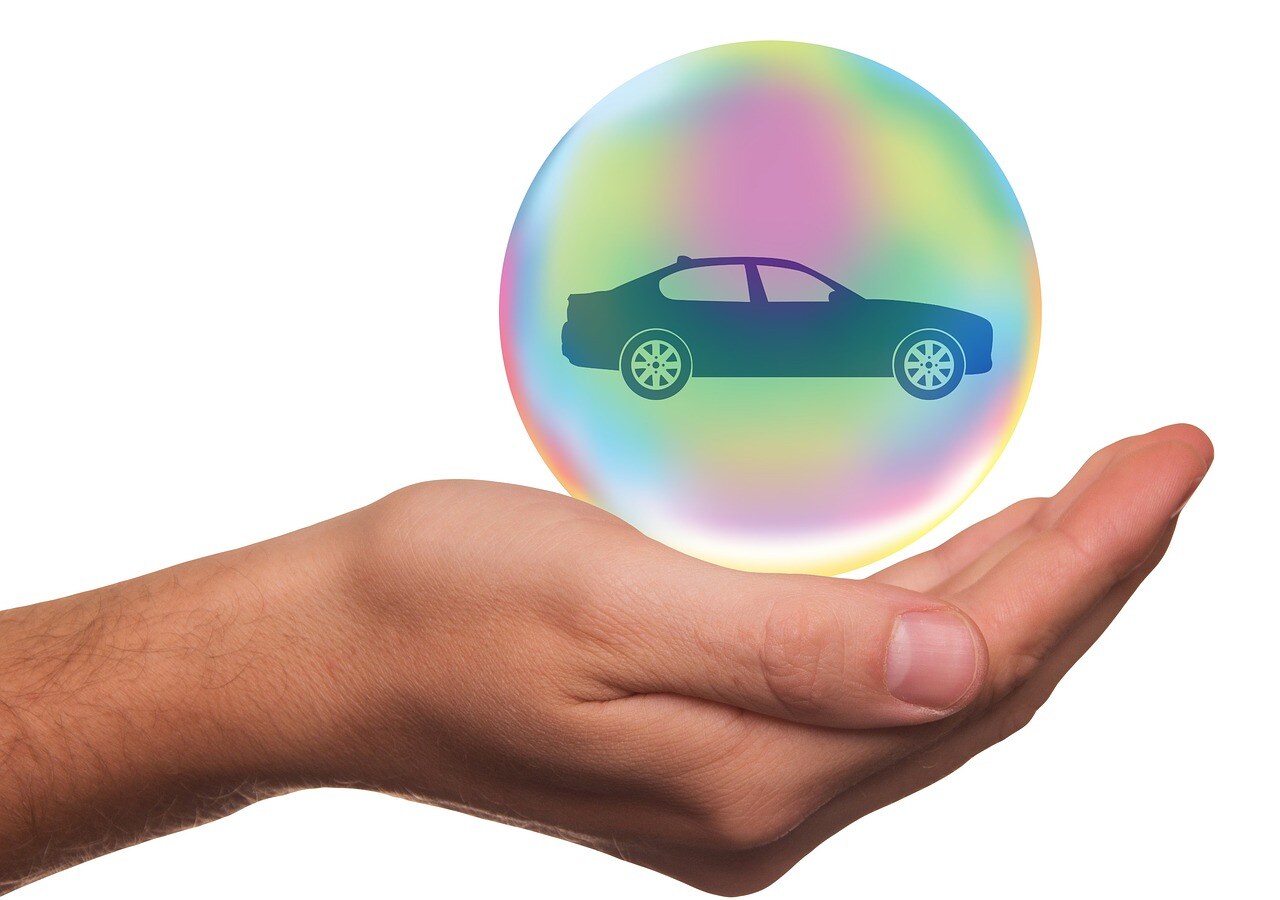9 Must-Have New Safety Features on Vehicles

When purchasing new vehicles for your fleet, safety should always be one of the top priorities when selecting new assets. As technology improves, the safety features in vehicles improve, too.
Take a look at some of the most recent safety features that can be found in new vehicles.
Advanced Cameras
Cameras allow drivers to see better views of nearby vehicles and their surroundings. Cameras are available for multiple purposes in vehicles, including for the following:
- Parking: Cameras allow drivers to see a full view around their vehicle when attempting to park. A lot of vehicles even provide guides to show the path of a car and its parking target, as well as give alerts to obstacles within its path. Some advanced sensors can even automatically parallel park a vehicle for drivers.
- Cabin: Operating a vehicle with other passengers in the backseat can be a distraction for drivers. Cabin cameras allow drivers to see what’s going on in the backseat without having to turn around and take their eyes off the road.
Alert Sensors
Various sensors located throughout vehicles can help alert drivers to changing driving patterns around them, obstacles out of their line of vision, or driving mistakes they are making behind the wheel. Some examples of alert sensors include:
- Blind-Spot Warning: These sensors alert drivers to the presence of an object in their blind spot to ensure they are aware of their surroundings.
- Drowsiness Detection: Vehicles can use data, including the frequency in which a driver swerves and other tendencies that could signal he or she is drowsy, to alert the driver it is time to pull off the road.
- Lane-Change Warning: Sensors alert a driver if there is another vehicle in its blind spot when he or she is signaling to change lanes.
- Lane-Departure Warning: Drivers are alerted when they swerve over a lane marker through lane-departure warning sensors.
- Pedestrian Detection: Sensors notify drivers when there is a pedestrian crossing the road in their vehicle’s path. This will alert the driver to slow down and take caution.
Adaptive Features
- Adaptive Cruise Control: This feature allows drivers to utilize cruise control, while also maintaining a safe following distance from any vehicles ahead of them. The cruise control function can adjust to the traffic flow to ensure the driver is being safe.
- Adaptive Headlights: In addition to sensing when vehicles need visual assistance from headlights, a vehicle’s lights can automatically move to the left or right when turning or going up and down hills.
To learn how RTA Fleet Management Software can help integrate your fleet’s safety features within its software solution, call us today to schedule a free demo.
